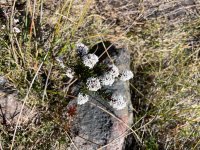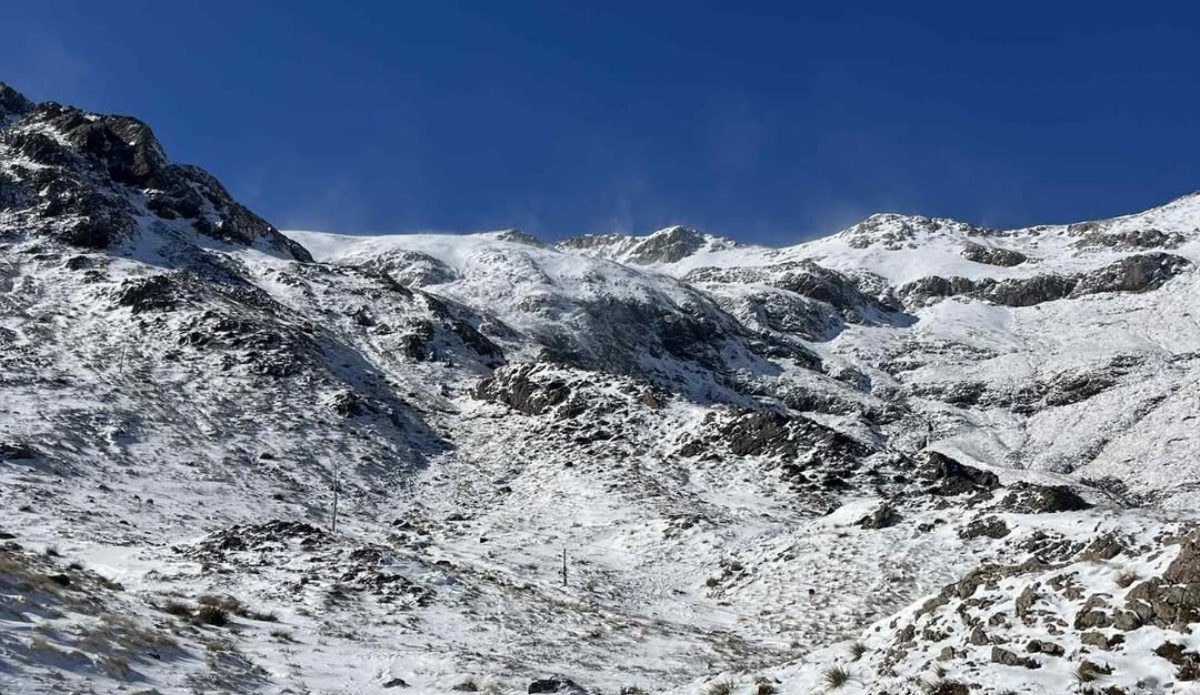Guyra just over the QLD/NSW border got quite the dump. About a foot by the looks.
Alta eat your heart out.
Alta eat your heart out.

I remember we went from minus 20 to plus 35c within 20 hours one January when we flew out of Calgary to come home.
Meh,I remember we went from minus 10c at noon top of Mammoth to plus 27c at 10pm the same day in Death Valley.
But lets be honest Patrick. Having both participated and coached at such races, they aren't much of a race at that temp. One run to inspect, race (with half the field or more not even bothering to strip down to a speed suit), 2nd run inspection and 2nd race run. Lots of lodge time and listening to coach radios on when to head up for those short race runs. The kids don't even bother to do warm-up laps or any free-skiing at that temp unless they are approaching high FIS/World Cup level. Basically the kids 'endure' the race and pretty close to none of them probably cared how they did would be my guess. It's a good fun story about their childhood on how they raced at such temps, but overall those races are not much of an actual focused competition.I know, but -23c is funny. Remember people freaking out once we got out of the bus at Hotham in 2018 and it was a warm -11c. See below weather we had on race day back on February 4, 2023.
The Front Range/western Great Plains are notorious for extreme weather changes in a short period of time.Denver can have some pretty extreme weather.
But here in California we can say, "If you don't like the weather, get in your car and drive for an hour or so."Spearfish, South Dakota, holds the world record for the greatest temperature change in the shortest amount of time. On January 22, 1943, the temperature in Spearfish rose from -4°F to 45°F in just two minutes due to a powerful Chinook wind. This two-minute rise of 49°F is the fastest temperature increase ever recorded in the US.










Good for Patrick, who is flying there this weekend I think.Looks like it's finally going to snow significantly in the South Island for the first time after a lackluster, semi-poor season.
Saw this a couple days ago. @Tony Crocker, is that figure of 330 inches remotely legit?Looks like it's finally going to snow significantly in the South Island for the first time after a lackluster, semi-poor season. It's impressive how much terrain the resorts can open with only 40-90 inches of yearly snowfall.

All the other areas are leeward, so I can believe Temple Basin gets the most snow of South Island lift service. Whether that's 330 inches I can't say."Temple Basin" is located in the Main Divide of the Southern Alps on New Zealand’s South Island.
Black Diamond Safaris, with whom I skied Mt. Olympus and Broken River in 2010, never mentioned Temple Basin to me
In general, yes. They are all out of Christchurch. You are probably in NZ for more than a week if you are doing both Canterbury and the Southern Lakes regions though. The other big caveat is snow conditions with no snowmaking or grooming. Fortunately no one is going to make you commit to a club field in advance unless you want to stay in one of them over a weekend or school holiday.Would you recommend trying a NZ ski club if one went to ski the South Island for a week?
Don't even think about doing this without AWD. Even if unguided, I recall Mt. Olympus' road being especially challenging. There was an injury evacuation late in the day and the guide said it's almost routine to request the heli for that.roads
If on your own, you can get a ticket and they will provide you with a nutcracker and belt for the ropetows. However, if you own a harness for rock climbing or windsurfing, bring it as it will be much more comfortable to attach that to the nutcracker.procedures and ski lifts.
I did not comment upon my success rate loading the nutcrackers at Broken River but it was probably around 3/4. Black Diamond wants to be sure clients are competent with nutcrackers before taking them to Craigieburn.The Black Diamond guides also supply a harness for the nutcracker and canvas covers to protect your gloves. BD's harness is designed to offer broad support somewhat like a windsurfing harness and not concentrate pressure. I was quite comfortable riding the tows once I got attached to them. Getting attached was another story. You have to grab the tow like a conventional tow with the inside hand and flip the nutcracker onto the rope with the other hand. Once the nutcracker is clamped the uphill force is exerted through the harness, though you still have to hold the nutcracker shut and your legs get more tired than from a poma or T-bar as you're crouched a bit lower. I was successful attaching to the 2 upper tows about 3/4 of the time. The lower tow was more difficult and I succeeded only 2 out of 10 times. 3 times Marcus had to stop that tow so I could attach to it.